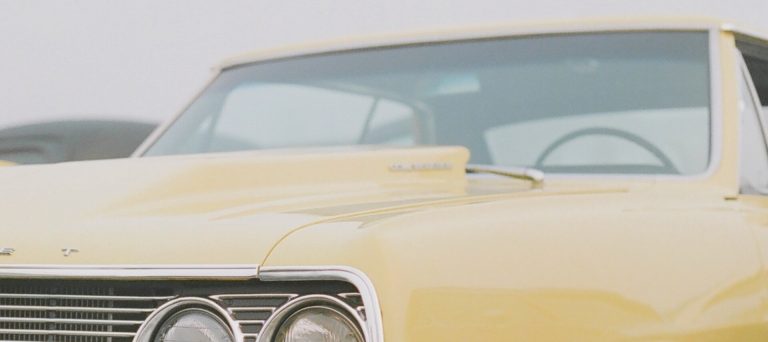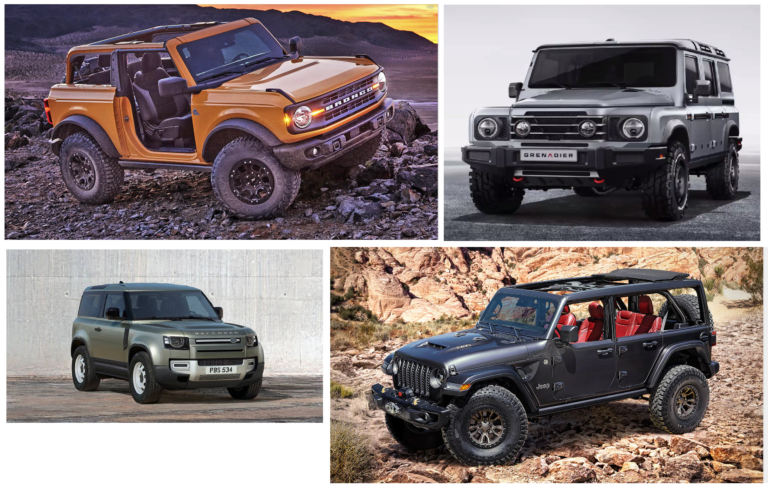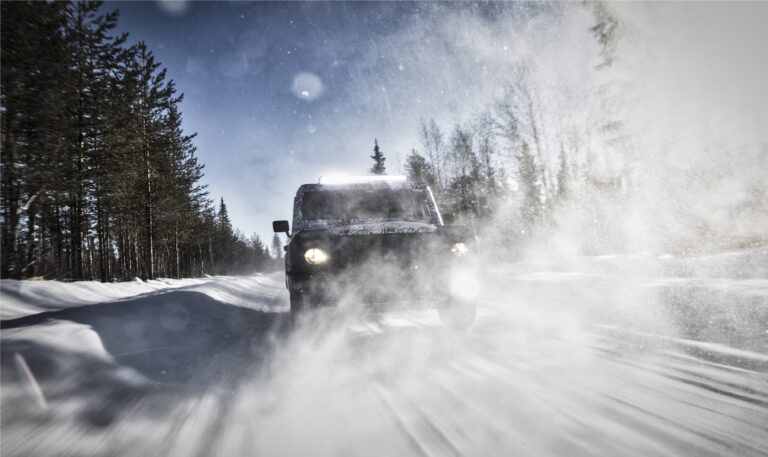The Birth of Great Run: In the world of petrolheads, a “run” is simply a drive from here to there, and possibly back to here.
It has nothing to do with the Olympic Games — even though “run” is also a word whose meaning our Olympic athletes seem to have forgotten.
However, depending on the degree of organisation, there could be an element of competition. The Paji and I introduced a mutual acquintance called The Jaw (or simply Jaw) into the picture.
Our three heads agreed that a run would be a good idea. Creative juices were at an all time low that day, and so, lacking a better name, we decided to call our gig “The Great Run”. The name stuck.
Precedents, Precautions and Preparations: Ours is not the first run in history; it is not even the first run locally, but it was certainly the first to be — almost — commercialised over here.
It was shaped in the fashion of the world-famous Cannonball Sea-To-Shining-Sea Trophy, better known as the Cannonball Run, in the US. Other runs of note are the Gumball 3000 of Europe and… ummh… yeah.
There were a few issues to be careful of. While the Cannonball and Gumball runs involve competitive driving, foresight demanded that we eschew this line of thought.
Introduce a clique of restless Kenyan drivers in high-powered vehicles to a driving “competition” and you will have opened a veritable can of legal, administrative and life-threatening worms. For evidence of this, refer to Subaru Fest’s Gymkhana Challenge.
We had to have something with gravitas. We needed a sponsor to endorse our arrangement and lend an air of legitimacy to our project. We needed participants. We needed a route. We needed to divide these responsibilities amongst ourselves. Most of all, we needed money. This is how it went.
The one sponsor we got pulled out at the last minute. It followed that costs had to be covered out of our own pockets, but I will confess: costs were covered mostly out of The Paji’s pockets.
The Jaw handled the fruitless phone calls demanding sponsorship and sought entities that would provide “background support”, such support being the printing of T-shirts and stickers for the participating drivers and their vehicles.
I adopted a managerial position: the key responsibility being standing around looking important while actually doing nothing. The Paji and The Jaw are two very patient men, I must point out here.
Three weeks, it took us — them, rather. Three weeks to establish an online presence, gather a sizeable crowd, find a route, do a recce, print T-shirts and stickers, find (and subsequently lose) a sponsor, and identify the unwitting beneficiary of another last-minute occurrence: a charity addition to our list of requirements.
You see, we may love cars, but we also give back to society. Note: We were told to say this by someone who whispered to us that Corporate Social Responsibility (CSR) is fashionable in big companies, so talk of charity will help you snare an unsuspecting firm with money to lose… I mean… spend.
July 14, 2012: This was the date of The Great Run. The starting point was at a fuel forecourt in Parklands, Nairobi, and the variety of hardware present was enough to warm the cockles of any auto-oriented heart. I could not have hoped for a bigger turnout, especially considering my “managerial” approach to the whole thing; but the response was enormous.
There were Nissan Skyline GTRs, Mitsubishi Lancer Evolutions and countless Subarus, in various forms, shapes, colours, ages and degrees of tune (later in the run, also various states of mechanical soundness, but let me not dwell on this).
There was a Hummer H3 (!!), which I would have chased off were it not for the fact that its (mostly human) contents were instrumental in making our event a success then and afterwards.
There were a lot of other cars, but the ones that stood out the most were a father-and-son pair in a Mk IV Toyota Supra and a Nissan 350 Z “Fairlady”. Time to drive.
The Event: Had we got a sponsor, we would have had the money to make maps and print navigational details for everybody, and this shortcoming was felt within three gear changes from the starting point.
In spite of the instructions I shouted at the gathered crowd just before departing (We are going to the Tanzanian border!!), after the start some of the cars left in several different directions and it was with a sinking feeling that I assumed maybe people were heading back home after collecting their T-shirts. The Jaw insisted I should have more faith in human nature.
And I should have. There were no deserters (at that point). I took a wrong route myself, my excuse being that I was trailing one of the “lost” vehicles.
Our first unintended meeting point was 10 minutes from the start when it transpired that one of the cars had a six-cylinder engine, but, ahem, was only running on five — spark plug issues.
(To protect the privacy of owners, drivers and participants, certain details will be omitted). Everybody had stopped in a long queue behind the stricken car, on the side of the road. I was last to arrive at the scene, approaching it from the wrong direction.
More Drama: The run was not without incident. The burnt spark plug was just the first of several. When turning off the Mombasa highway to enter Kitengela, two cars got lost (again) and went on towards Mombasa (Mr Not-Sponsor, are you reading this? We need maps!). They were reined in in short order.
One of the cars, a blue Lancer Evolution (VIII or IX, it was hard to tell), suffered a heart attack. Pumped full of steroids, the extremely capable tarmac athlete over-exerted itself and got a myocardial infarction, haemorrhaging to death.
It had to finish the trip at the back of a hearse. In real terms, the Evo was pulling hard when an oil seal blew and the car lost all oil pressure and had to retire, returning home atop a tow truck. This was the first DNF (Did Not Finish).
Next victim was another Evo, a grey one. Said vehicle was conducting a spectacular overtaking manoeuvre when the driver found himself on the receiving end of the unfinished work results from an incompetent road repair crew.
The fellows had abandoned the site, leaving it unmarked and with rocks strewn all over the road surface. This put the Evo driver between a rock and a hard choice.
Too late to stop, he noticed some especially daunting bits of landscape right in his overtaking path. If he dodged them to the left, he would slam broadside into the car he was trying to pass.
To the right was a guard rail, beyond which lay an abyss. If he continued straight, he was going to hit the rocks and shatter at least one of his rims.
He chose to continue (wise decision), and his fears were manifested: three spokes and a section of the front offside rim edge were bent out of shape, shredding the tyre into useless ribbons of rubber. Hopeless space-saver spare in the boot… second DNF.
The remaining DNFs were not DNFs per se, they intentionally did not finish; and they were the biker gang.
Heading for the nearest border requires one to cover quite some distance, and balancing a 150kg lump of metal between your legs while moving at warp speed can really sap one’s strength and resolve, almost as fast as some of those cars were draining their fuel tanks.
They begged leave of us and we graciously allowed them to. I would not want to be responsible, by virtue of duress, for the outcome of when a biker man is approaching a sharp turn and tries to apply the brakes only to realise that his fingers have gone numb from the sustained blast of cold wind on them…
Charity: Hawa Children’s Home: The route was very simple. Drive to Namanga and back. It so happens that along this route lies a children’s home just 9km outside of Kitengela town as you drive towards Kajiado.
This was our point of charitable focus and a brief stopover there provided not only a respite from the hard charging on the highway, but also allowed the little orphans to mingle with the owners of cars they would probably like to own when things eventually turn out right in their lives.
The place is called Hawa Children’s Home, and it is run by the Rotary Club and the St Andrew’s Church. It serves as the abode for 24 no-longer-unfortunate orphans of various ages between four and 18, with room for up to 200, and they were the surprised recipients of clothing, stationery and several cash handouts from participants of the Great Run.
Who says we waste all our resources on fuel, eh?
What We Learnt From The Great Run: Most of the questions I receive in my Car Clinic were brought to the fore that day. Performance (about 60 to 70 per cent of the cars had the kind of performance you wouldn’t dare exploit fully), fuel economy — or the lack thereof (Toyota Supra), cost of spares (again, the Toyota Supra), maintenance costs (take a guess. You’re right! the Supra), reliability (the oil-less Evo and a mechanically unfaithful Subaru whose brakes caused the driver untold worry) and ground clearance — or the lack thereof (about 30 per cent of the cars will struggle on unpaved roads).
What can I say? That orange Supra has been modified to the apogee of motor vehicle tuning. Nothing is stock, except, maybe, for the engine block. And I can’t even begin to describe what had been done to the Evo that lost its oil.
Why? Back to my original question: What were we thinking? Why did The Paji, The Jaw and Yours Truly stage The Great Run? It is mostly because we wanted to. And because we could.
We wanted something extraordinary; let us call it a moving motor show. Static shows are fine, yes, but car buffs prefer seeing and hearing these vehicles do their thing in the metal.
To “legalise” the project and keep a lid on potential hazardous behaviour, we formalised the whole affair and included a safety car, which I drove (more drama: as the safety car driver, I had to tail the entire convoy, but returning from Namanga, I found myself as Car Number 3 in a split convoy of about 20.
Unbeknownst to me, out back the Supra had ground to a halt, having lost one expensive tyre to a puncture. I had to turn back. Total mileage at the end of the day: 464km).
An unexpected bonus was the charity. Little did we know that we had opened a channel for philanthropic minds which otherwise did not know where to direct their generosity.
It turned out to be a blast, the only complaints from participants being that we did not spend enough time at the home, and that had they known beforehand, they would have given more (that charity thing was literally last minute, I tell you).
As a result, there has been public demand for an encore. Auto Art the Paji, Jaw the Jaw and I intend to honour that demand.
Missed Shifts: Two elements that should have been there — but weren’t — were a supercharged 5.0-litre V8 coupé (part of the sponsorship package that we lost) and a news reader (not part of the sponsorship package).
I was hoping to drive the supercharged car with the news reader in it, but having been withdrawn from the table, I resorted to a naturally aspirated 3.4-litre V6 vehicle, further plundering The Paji’s already stretched resources.
The news reader is a personal friend who thinks she likes cars, but an entropy in the lines of communication led to her missing out on The Great Run. As a result, rather than having a comely news reader in the passenger seat of the 3.4 V6 with me, I had to put up with a Jaw.
Bring on the next run.




